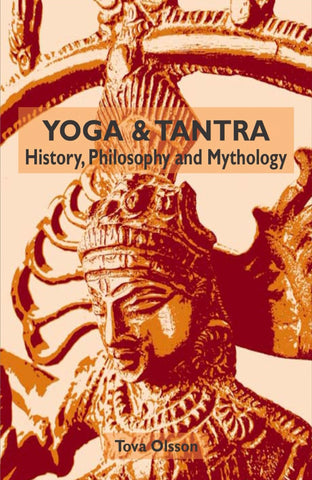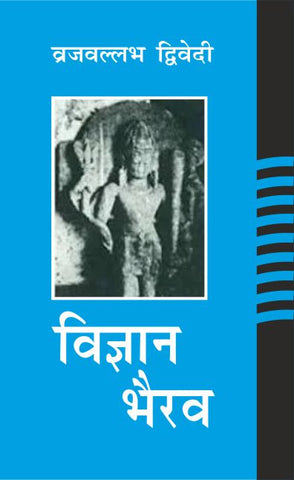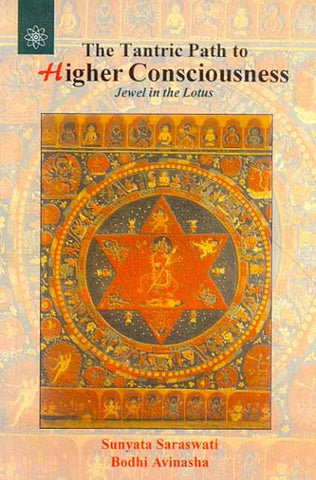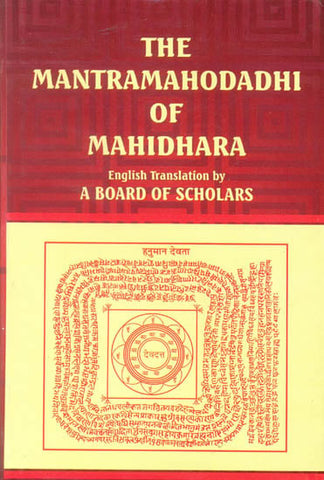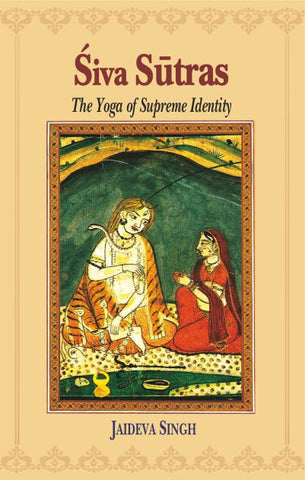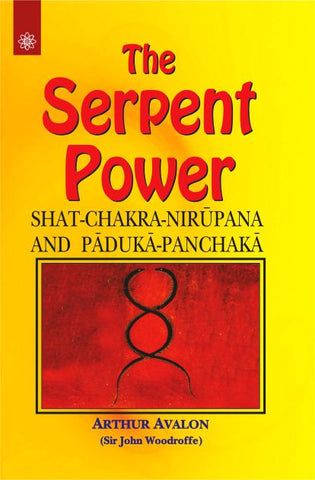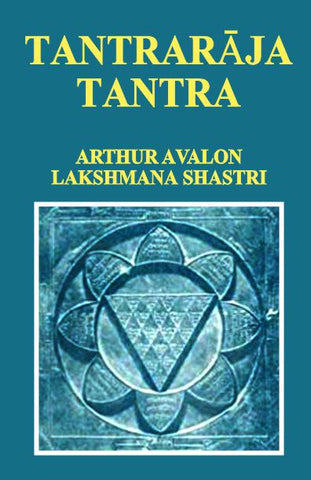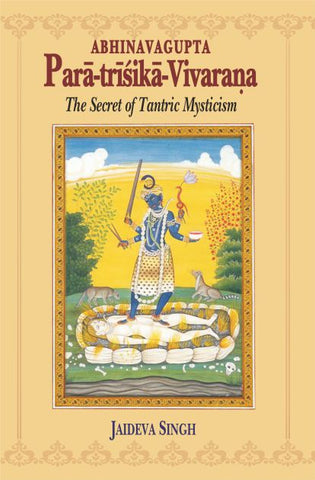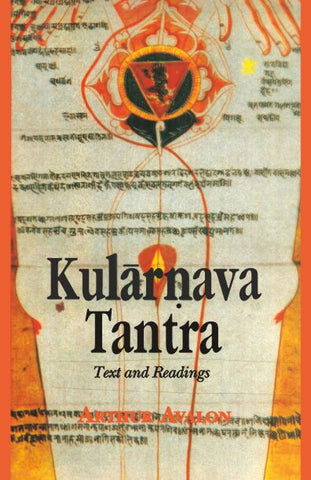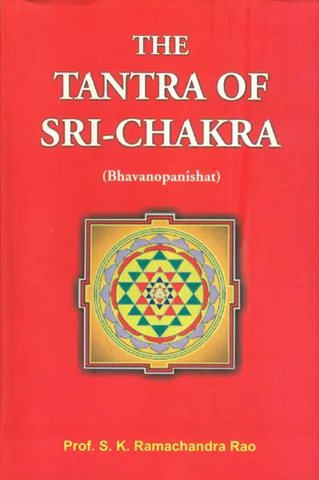Your cart is empty now.
What is one to make of a group of goddesses that includes a goddess who cuts her own head off, a goddess who sits on a corpse while pulling the tongue of a demon, or a goddess who prefers sex with corpses? Tantric Visions of the Divine Feminine deals with a group of ten Hindu tantric goddesses, the Mahavidyas, who embody habits, attributes, or identities, usually considered repulsive or socially subversive. It is within the context of tantric worship that devotees seek to identify themselves with these forbidding goddesses. The Mahavidyas seem to function as "awakeners"- symbols that help to project one's consciousness beyond the socially acceptable or predictable.
Kinsley not only describes the eccentric qualities of each of these goddesses but seeks to interpret the Mahavidyas as a group and to explain their importance for understanding Tantra and the Hindu tradition.
About the Author
David Kinsley is a Professor of Religion at MacMaster University, Canada. He is the author of Hindu Goddesses: Visions of the Divine Feminine in the Hindu Religious Tradition, and The Sword and the Flute: Kali and Krsna, Dark Visions of the Terrible and Sublime in Hindu Mythology.
Acknowledgements
I first became aware of the group of Hindu goddesses known as the ten Mahavidyas while conducting research on the goddess Käli in Calcutta during the academic year 1968-69. Käli is nearly always listed as the first of this group of ten unusual goddesses and in many ways is the exemplary Mahâvidya. It was not until 1983-84 in Varanasi, however, that I began to undertake detailed research on this group. With the help of a fellowship from the Canadian Social Sciences and Humanities Research Council, I investigated literary sources and did field research on Mahāvidyà temples, iconography, and worship. I returned to Varanasi in 1992-93 to continue my research, this time with the help of a grant from McMaster University Arts Research Board.
During my research in Varanasi, I was fortunate to have the assistance
of many people. Om Prakash Sharma was indispensable in helping me
locate several Mahâvidyà temples and paintings, putting me in touch with
many knowledgeable people, and finding relevant texts. Virendra Singh,
who patiently attempted to teach me Hindi, was always encouraging about
my work. Mahant Sri Rama Shankar Tripathi of the Kashi Vishvanath
temple held frequent useful discussions with me during 1983-84 and translated several relevant Sanskrit texts about the Mahavidyās for me. Hemendra Nath Chakravarty was especially important in helping me think through the meaning of several of the Mahavidyas and in locating and translating for me several crucial passages relating to the Mahâvidyas as a group and to individual Mahâvidys. I also appreciated the many discussions I had with MarkDyczkowski at his home overlooking Asi Ghat. I remember these chats as a pleasant blend of sober scholarly inquiry and amusing speculation on the mysteries presented by this unusual group of Hindu goddesses.
Doug Abrams Arava, my editor, has made several discerning suggestions that have very much improved this book and have been unwavering in his attentive support throughout its preparation. I owe special thanks also to the three readers who reviewed the manuscript: Kathleen Erndl, Miranda Shaw, and an anonymous reviewer. Their comments and criticisms proved very useful in revising the book. Victoria Wilson-Schwartz, the University of California Press copyeditor, was attentive, constructive, and unhesitant in scrutinizing my prose--to her, thanks very much. I am also grateful to my wife, Carolyn, for the many hours she spent lending this book consistency and clarity, from an early draft through subsequent stages of production.
Introduction
What is one to make of a group of goddesses that includes a goddess who cuts her own head off, another who prefers to be offered polluted items by devotees who themselves are in a state of pollution, one who sits on a corpse while pulling the tongue of a demon, another who has sex astride a male consort who is lying on a cremation pyre, another whose couch has as its legs four great male gods of the Hindu pantheon, another who prefers to be worshipped in a cremation ground with offerings of semen, and yet another who is a haglike widow?
Are these goddesses, who are known as the ten Mahävidyas, bizarre creations of radical groups within the Hindu tradition, obscure beings whose significance is peripheral to the basic themes of Hindu spirituality? Should we dismiss them as tangential, perhaps even irrelevant, to the Hindu religion? After years of studying and musing on them, it seems to me that there is a logic to the group as a whole and that even its most outrageous members, if understood within their proper context, reveal important spiritual truths.
WeknowtheMahavidyasfromavarietyofsources. Many goddess temples across North India contain paintings and images of them. Con- temporary lithographs portray them both as a group and individually. Dhyâna mantras describe them for liturgical and meditative purposes, and they are the subject of several tantric digests. The Mahavidyas have been known as a group since the early medieval period (after the tenth century c.E.).' Some of them predated this development and continue to be very well known in their own right, such as the fierce black goddess Kali. She is also usually the primary or adi, Mahavidya. Kamala, who is the same as the very popular goddess Sri- Laksmi, is also a member of the group. Tarà and Tripura-Sundari, lesser known but still far from obscure, are other examples of Hindu goddesses who are popular on their own and as part of the group. On the other hand, Bagalamukhi, Chinnamasta, Dhümävati, and Matargi are rarely mentioned apart from the Mahâvidyās.
The aim of this study is to reflect on the meaning of the Mahâvidyãs, both as a group and as individual deities. Asa group, the Mahävidyas pre- sent a curious collection. It is not at all apparent why these particular ten goddesses have become associated with one another. As for the individual goddesses, several are obscure and have received no scholarly attention. In some cases, the sources available on individual Mahávidyas are so limited that it is difficult, if not impossible, to reconstruct their histories or gain a clear impression of their worship. In many respects, this study is not definitive or conclusive. I seek here to bring a preliminary ordering to the Mahavidya tradition in the hope that it will encourage other scholars to undertake more detailed studies of the group and of individual members.
Throughout my study of the Mahavidyas, I was told many times by a number of people--priests, scholars, painters, and practitioners-that the Mahavidyas are "all one." Sometimes they were responding to a question concerning the significance of the group as a whole and sometimes to one concerning the peculiarities of an individual goddess. I often took this reply to indicate that the person did not have an appropriate answer to the question and that the main point, in any case, was to understand the group as so many manifestations of one (or the)great goddess. Such questions as, "Why does Bagalämukhi like yellow?" "What does the name Bagalamukhi mean, and what is its significance?" "Whydoes Käli stand on Siva?" "What is the significance of the name Mätangi?" often elicited a look of incomprehension (why would I want to know this anyway?), followed by the comment that all of the Mahavidy's are the same: they are all different expressions of the same goddess, who enjoys taking many forms for her own pleasure and the needs of her devotees. I usually took this as a formulaic reply, the kind that Hindus often make to non-Hindus who stand bewildered before the fantastic array of divinity expressed in the immense Hindu pantheon. After a careful study of the individual Mahavidyas, however, it became apparent to me that in many ways this comment, "They are all one," is important in understanding the significance of the individual manifestations and their worship.
Delivery and Shipping Policy
- INTERNATIONAL SHIPPING
- Rs.1000-1100/kg
- ESTD. Delivery Time: 2-3 weeks (depending on location)
- Bubble Wrapped with Extra Padding
- NATIONAL SHIPPING
- NCR: Rs. 30/half kg
- Standard: Rs. 80/half kg
- Express shipments also available on Request
- ESTD. Delivery Time: Ranging from 1-4 days up to 7 business days (Depending on your choice of Delivery)
- TRACKING
- All orders; national or international, will be provided with a Tracking ID to check the status of their respective orders
- Depending on the Shipping Service, Tracking ID may be used on their respective tracking portals
Frequently Asked Questions (FAQs)
Domestic Shipping: 3-4 Days (after shipping)
International Shipping: 1-2 weeks (based on your location)
You will receive an email once your order has been shipped or you can email us if you didn't receive tracking details (info@mlbd.co.in)
Every book that we sell is the latest edition except all the rare books
Yes, we do provide free shipping, only on domestic orders (within India) above Rs.1500















